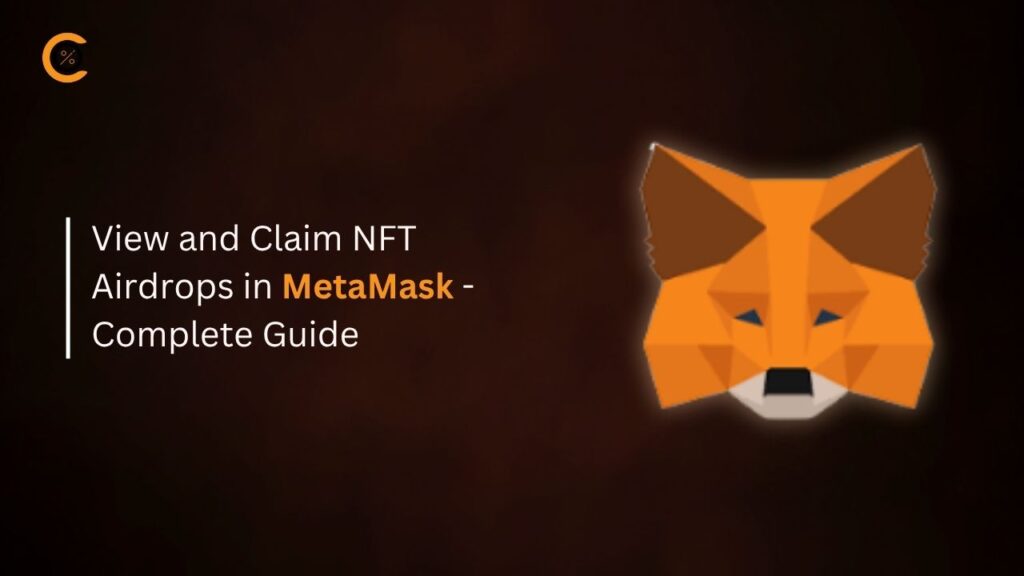- Sui’s object-centric architecture and parallel execution allow for high-speed, scalable dApps. This design marks a clear shift from traditional account-based blockchains.
- The Move programming language and Narwhal & Bullshark consensus ensure fast, secure transactions. With sub-second finality, Sui is well-suited for real-time applications.
- Users can buy SUI, bridge assets, and interact through leading Sui wallets or MetaMask Snap.
Sui isn’t just another blockchain following the usual account-based architecture or slow sequential transaction model. It’s a Layer 1 blockchain that takes a bold, technically refined path, built from the ground up to solve real-world performance and scalability issues. At its core, Sui introduces a new way of organizing data, executing transactions, and building dApps, all informed by the team’s experience building Meta’s now-defunct Diem blockchain.
The end of Diem didn’t mean the end of innovation. Instead, the engineers behind it, now at Mysten Labs, took their learnings and created a faster, more efficient, and developer-friendly blockchain.
What Is Sui Network?
Launched with scalability and speed in mind, Sui Network is a next-gen Layer 1 blockchain designed with speed, scalability, and efficiency in mind. Built to support modern blockchain use cases like decentralized finance (DeFi), gaming, and NFTs, Sui introduces a fundamentally different approach to how transactions and assets are handled on-chain. With a unique architecture, advanced consensus model, and a developer-friendly programming language, Sui sets itself apart from more traditional chains like Ethereum and Solana.
For users interested in interacting with the ecosystem, it’s easy to buy SUI tokens through major exchanges or bridge to the SUI network from other chains to participate in DeFi and governance.
Who Developed Sui?
Sui was created by Mysten Labs, a company formed by a team of former engineers from Meta (Facebook). These engineers were previously involved in Meta’s blockchain project Diem and the development of the Move programming language. The founding team includes industry experts like Adeniyi Abiodun, Evan Cheng, George Danezis, Kostas Chalkias, and Sam Blackshear. Drawing on their backgrounds in cryptography, distributed systems, and blockchain development, they set out to build a high-performance chain that improves on limitations found in existing blockchain networks.
Key Innovations in the Sui Network
Sui brings forward a fresh blockchain architecture rooted in practical experience. Instead of layering improvements on legacy models, it reimagines the foundation of how blockchains handle data and execution. The result is a system optimized for real-world scalability, asset control, and application speed.
Object-Centric Data Model
Traditional blockchains store data in accounts, where balances and contracts are linked to specific wallet addresses. Sui takes a different approach. It treats every asset or piece of on-chain data as a separate object, each with its own ownership and state.
This object model makes it easier to track, transfer, and update digital assets. It also reduces the computational overhead required to maintain account records, especially as the number of transactions grows. For developers, this means better asset management and more predictable behavior when building decentralized applications (dApps).
Parallel Transaction Execution
One of the more significant advancements introduced by Sui is its support for parallel execution. On many blockchains, transactions are processed sequentially, meaning each one must be finalized before the next begins. This becomes a bottleneck during periods of high activity.
Sui changes that. If two transactions do not interact with the same object, they can be processed at the same time. This parallelism reduces congestion and enables much higher throughput, while still maintaining the network’s integrity.
For example, one user sending tokens to a friend and another minting an NFT can have their transactions processed independently and simultaneously. This system allows Sui to support real-time applications like fast-paced games or payment apps that require low-latency confirmation.
Move Programming Language
Smart contracts on Sui are written in a language called Move, which was originally developed at Meta. Unlike Solidity (used on Ethereum), Move is designed for security and resource efficiency from the start.
Move enables developers to define the rules around object ownership and access clearly, which helps prevent common smart contract vulnerabilities such as reentrancy attacks. These are issues where a contract can be manipulated to behave in unintended ways, often leading to exploits.
The modular structure of Move also supports better memory and resource handling. This improves contract reliability and helps ensure that applications running on Sui remain stable even as user activity scales.
Narwhal & Bullshark: Sui’s Consensus Mechanism
Instead of relying on a traditional blockchain-style consensus system, Sui uses a DAG-based model through two components called Narwhal and Bullshark. A Directed Acyclic Graph (DAG) allows for multiple paths of information flow, unlike linear blockchains where transactions are added in strict order.
This design allows validators to confirm transactions more efficiently and helps Sui achieve sub-second finality, meaning transactions are verified and locked in almost instantly.
The Narwhal & Bullshark mechanism assures data is propagated quickly across the network while maintaining consistency and fault tolerance. This is especially important for applications that depend on immediate feedback, such as real-time trading or in-game actions.
Where Does Sui Fit in the Blockchain Ecosystem?
Sui isn’t just another Layer 1 looking to compete with Ethereum. Its architecture is optimized for speed and complex asset handling, which positions it well for DeFi protocols, high-volume NFT platforms, and next-generation gaming environments.
While adoption is still growing, projects like the official Sui Wallet and third-party tools like Suiet and Ethos are helping expand access. These are currently among the best SUI wallets available, offering features like staking, NFT support, and seamless dApp interaction. For developers, testnet tokens are easily accessible to experiment with smart contracts and on-chain assets.
And although MetaMask doesn’t natively support the network, users can still add SUI to MetaMask using the MetaMask Sui Snap, enabling direct integration with the Sui ecosystem. For those transferring assets from other chains, it’s also possible to bridge to the SUI network through supported platforms.
Closing Thoughts on Sui Network
Sui Network is a Layer 1 blockchain built with a clear focus on scalability, transaction speed, and secure asset management. Through its object-centric architecture, parallel execution model, and use of the Move programming language, Sui provides a modern infrastructure for building responsive and complex decentralized applications. While still early in its lifecycle, Sui’s design choices reflect a technical approach aimed at solving the limitations of older blockchain models without sacrificing performance or security. For those tracking its long-term potential, many have also started analyzing SUI price prediction trends based on adoption, tech upgrades, and ecosystem growth.

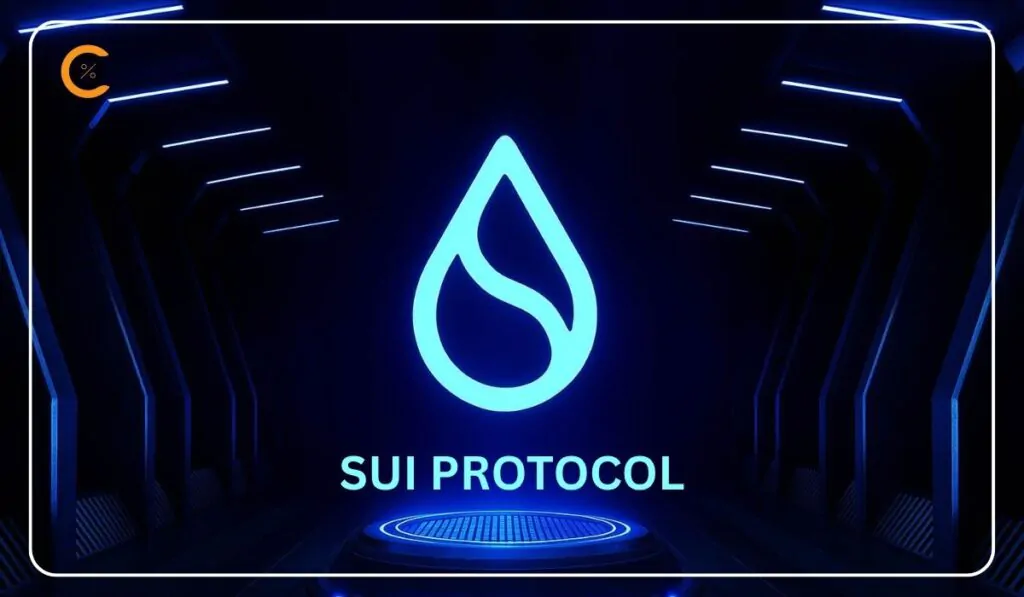
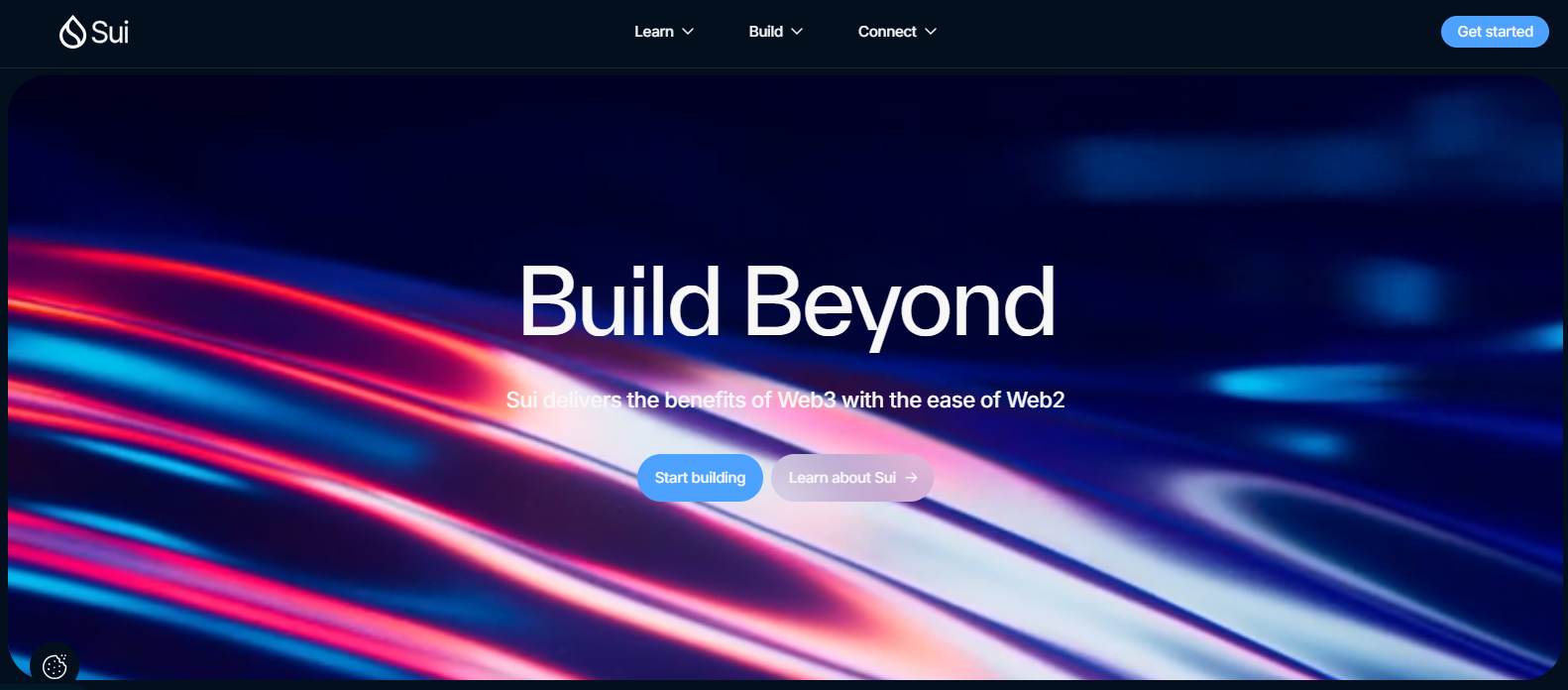
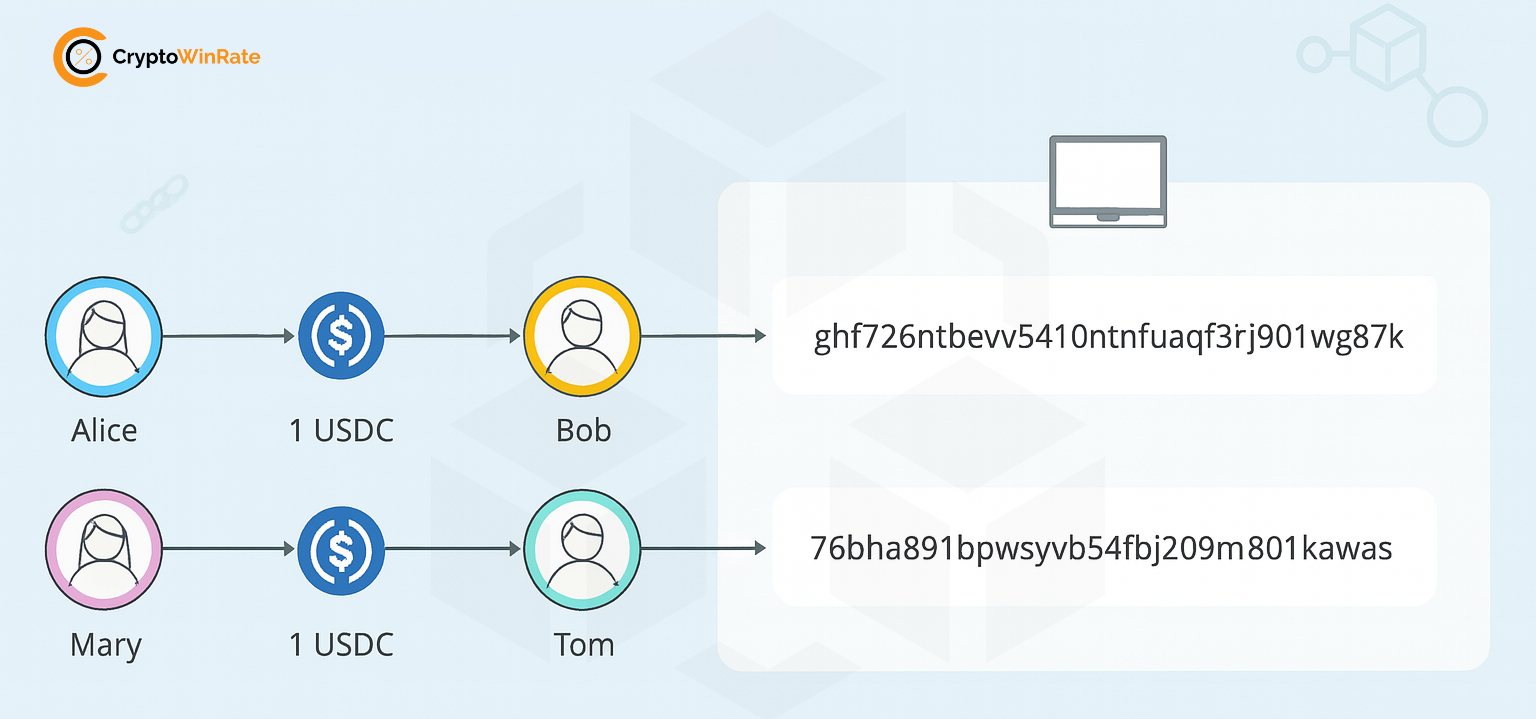
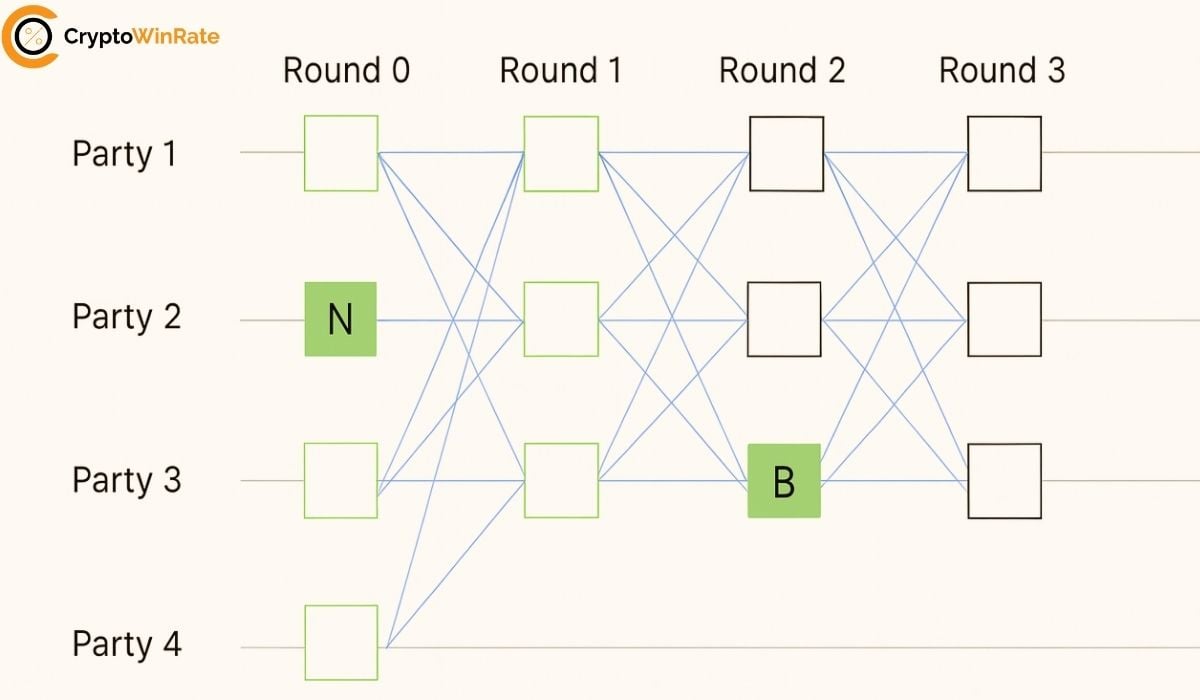


![How to Secure and Back Up Your Trust Wallet [2025]](https://www.cryptowinrate.com/wp-content/uploads/2025/11/How-to-Secure-and-Back-Up-Your-Trust-Wallet-2025-1024x576.jpg)
